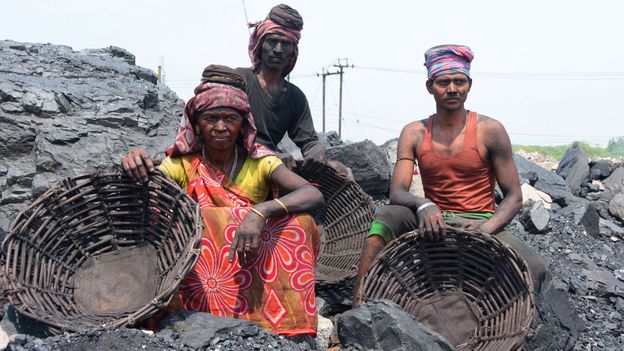
Environmental degradation in Raniganj Coalfields lead to protests
Live Mint“You think anything will ever grow here again?” – asked Tapas Mondal while he stood beside a stream gushing with fresh water with hills and hillocks around him. But Mondal’s question leaves one with thoughts because there wasn’t a single tree around as he stood inside the Sonpur Bazari opencast pit – the largest open-cast coal mine in India’s oldest coalfield area, Raniganj Coalfields, spread over West Bengal and parts of Jharkhand. After backfilling, only the grasses and shrubs will grow back, not a forest – this I know very well.” Sonpur Bazari is one of the numerous open-cast mines in the Raniganj Coalfields area that came up in the late 1980s and 1990s, coinciding with India liberalising its economy. Like Mondal, several residents of the area – including Asansol, West Bengal’s second-largest city after Kolkata – referred to the vanishing forests when speaking about the long-term impact of mining on the environment. Opencast mining turned it into a critically polluted area Several studies, reports and data on pollution show that the ill effects of mining and allied activities in Raniganj Coalfields deepened since the 1990s following the operationalisation of several open-cast mines.
Discover Related



)


)
